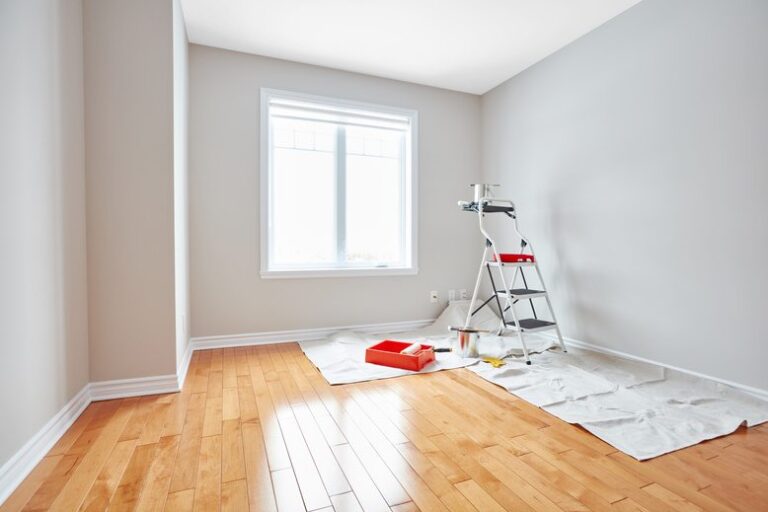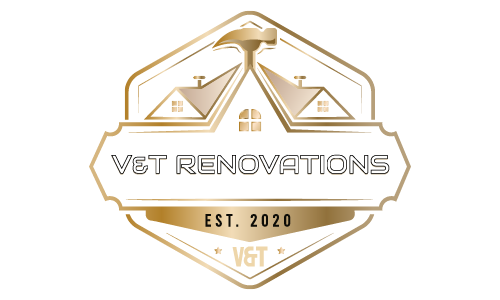Interior vs. Exterior Painting: Key Differences and Choosing the Right Service

When it comes to home improvement projects, the allure of DIY can be strong. The idea of saving money and gaining a sense of accomplishment is appealing, but some tasks are better left to the professionals. Cabinet installation is one of those tasks. Here are the top benefits of hiring professionals for your cabinet installation and why DIY might not be enough.
Surface Preparation
Interior Painting: Interior painting often involves preparing smooth, stable surfaces such as drywall, plaster, or wood. The process typically includes cleaning, sanding, filling holes or cracks, and applying a primer. This preparation ensures that the paint adheres well and results in a flawless finish.
Exterior Painting: Exterior surfaces, on the other hand, face more wear and tear due to weather conditions. Preparation includes power washing to remove dirt and mildew, scraping off loose or peeling paint, sanding rough areas, and filling cracks or gaps with caulk. Proper preparation is crucial for the paint to withstand the elements.
Paint Types and Formulations
Interior Painting: Interior paints are designed to be more durable in terms of resistance to staining and scrubbing. They come in various finishes, such as matte, eggshell, satin, and semi-gloss, each suited to different rooms and purposes. Additionally, interior paints are formulated to have low or no volatile organic compounds (VOCs) to ensure safe indoor air quality.
Exterior Painting: Exterior paints are formulated to withstand harsh weather conditions, UV rays, and temperature fluctuations. They typically contain more resins and binders for durability and flexibility. These paints are available in finishes like flat, satin, and gloss, chosen based on the level of protection and aesthetic preference required.
Application Techniques
Interior Painting: The application of interior paint focuses on achieving a smooth, even finish. Techniques include brushing, rolling, and sometimes spraying, depending on the area and the paint type. Interior painting often involves more detailed work, such as cutting in around trim, windows, and doors.
Exterior Painting: Applying exterior paint often requires more robust techniques to ensure longevity. Spraying is common for large surfaces, while brushing and rolling are used for detailed areas. Exterior painting also involves dealing with more complex surfaces like brick, stucco, or wood siding, which require specific techniques for proper coverage and adhesion.
Weather Considerations
Interior Painting: Interior painting projects are less dependent on weather conditions since they are conducted indoors. This allows for more flexibility in scheduling and can be done year-round without concerns about temperature or humidity.
Exterior Painting: Exterior painting is highly weather-dependent. Ideal conditions include mild temperatures, low humidity, and no precipitation. Painting in adverse weather can affect the paint’s drying and curing process, leading to issues like blistering, peeling, or poor adhesion.
